Enforce HOA Parking Rules To Avoid Parking Issues In Your Neighborhood
No matter how pretty or well-maintained a community is, improper or haphazard parking can hamper an HOA’s curb appeal. Poor parking habits can also obstruct entrances and roads, inconveniencing the neighborhood’s residents. For these reasons, communities should enforce proper HOA parking rules.
What HOA Parking Rules Should You Have?
If you live in an HOA, you might know that parking issues in neighborhoods can cause many headaches. Homeowners may buy too many cars than their garage can fit. Meanwhile, some homeowners might not even have a garage to begin with. They might park their cars on curbs or use other people’s parking spaces.
These issues make the HOA look unkempt and can also be a source of conflict within the community. Hence, the HOA board should implement a few HOA parking rules to maintain order. What HOA driveway rules or common area parking rules should you have? Here are some things to consider.
 1. Permitted Vehicles
1. Permitted Vehicles
Many homeowners associations will restrict the type of vehicle that can enter the premises. For example, it may be wise to prohibit commercial vehicles, boats, trailers, and RVs. These are often too bulky to fit well in the common areas or parking spaces. Moreover, they may be unappealing, which can harm curb appeal.
2. Parking Time Limit
There are many overnight parking issues in HOA communities. Some homeowners may even abandon their vehicles in a common area or shared parking space. To prevent these issues, HOAs can impose a time limit on how long a homeowner can park their car somewhere other than their property.
For example, an HOA may only allow cars to park in guest parking lots for one or two days. Meanwhile, other communities may allow recreational or commercial vehicles to park for 24 hours. In some HOAs, the board may implement window hours for particular spaces. For instance, the HOA may allow vehicles to park in the guest parking lot only from 8:00 a.m. to 8:00 p.m.
3. Parking Locations
It can be hard to regulate parking locations if an HOA is not a gated or private community. Nonetheless, if the HOA can regulate parking locations, they may allow or disallow cars from parking in the driveway. Some communities might also have HOA guest parking rules that indicate where visitors can park.
However, keep in mind that homeowners associations generally do not have authority over public roads. Hence, they cannot penalize homeowners for parking violations on government-maintained roads. On the other hand, HOAs mostly have control over private streets as long as the rules do not conflict with state law or the governing documents.
4. Number of Cars
Generally, homeowners associations cannot dictate how many cars a resident can own. However, they may be able to dictate how many cars they can park within the neighborhood. Many HOAs restrict the number of allowed cars to two, compelling homeowners to find other parking spaces for their extra cars.
How to Enforce an HOA Parking Policy
HOA parking enforcement can be tricky, mainly because the board can’t always track the parked cars in the community. Plus, homeowners do not always comply with the rules even when aware of them. How should the board enforce the homeowners association parking rules? Here are some guidelines for your HOA.
1. Update the Residents
It’s crucial to update the residents on all the existing HOA parking rules. The HOA board should notify them by posting the rules on social media or sending them through mail or email. The HOA should post the rules there if there is a community bulletin board or website. It might be helpful to include the rules in the HOA’s welcome packets for new residents.
 2. Post Signs
2. Post Signs
HOAs should post clear signs around the community to remind the residents of the parking rules. Post these in places where people often park, like guest parking lots or curbs. Moreover, remember to paint fire lanes red so the residents know not to park in those spots.
3. Implement Guest Registration
HOAs can have guests register for parking to prevent overcrowding and abandoned cars. This is especially useful for condominium communities or mixed-use associations. Consider issuing parking permits to make it easy to track guest vehicles. It’s also a good idea to use an online registration system so guests can track their parking duration and how much time they have left.
4. Issue Violation Notices
Homeowners who violate the parking rules should receive an HOA parking violation notice. This is often enough to warn the resident of the violation and prevent repeat offenses. It also allows the residents to fix their mistakes before things escalate.
5. Issue Fines or Revoke Privileges
HOAs can penalize habitual offenders by issuing fines or revoking the homeowner’s parking privileges or right to use certain amenities for a period of time.
6. Tow Vehicles
 Homeowners associations may tow vehicles that violate the parking rules. However, make sure this is permitted by state law and the governing documents. For example, HOAs in New Jersey might need to hire a towing company as required by the Predatory Towing Prevention Act.
Homeowners associations may tow vehicles that violate the parking rules. However, make sure this is permitted by state law and the governing documents. For example, HOAs in New Jersey might need to hire a towing company as required by the Predatory Towing Prevention Act.
It’s also important to notify the homeowner properly and inform local traffic law enforcement before towing the vehicle. Without proper authorization and procedure, the HOA may get into a lawsuit over illegal towing.
Remember to use this method only as a last resort. Towing can be especially aggravating for homeowners, which can cause more tension within the community. It’s also an expensive enforcement method as the cost of towing can be high.
Frequently Asked Questions
Can homeowners associations charge guest parking fees?
Yes, some homeowners associations charge guest parking fees. It’s a valuable tool to prevent overcrowding, mainly if the HOA has limited parking spaces. However, this should not conflict with any provisions in state law or the governing documents.
Can HOAs issue parking tickets?
In most cases, HOAs cannot issue parking tickets like law enforcement. However, they may use the documented rule enforcement process, including fines for parking violations.
Make HOA Parking Rules Enforcement Easier
Homeowners associations must create reasonable HOA parking rules that maintain order and curb appeal. They should also take every measure to inform the community of the rules and adopt a fair enforcement process.
Do you need help with enforcing the rules? Condo Manager is an HOA management software that makes violation management much easier. Dial (800) 626-1267 or contact us online to request a demo!
RELATED ARTICLES:
- Neighbors Tree Disputes: Who’s Right Or Wrong?
- Can An HOA Restrict Security Cameras?
- HOA Sidewalk Maintenance: Whose Responsibility Is It?

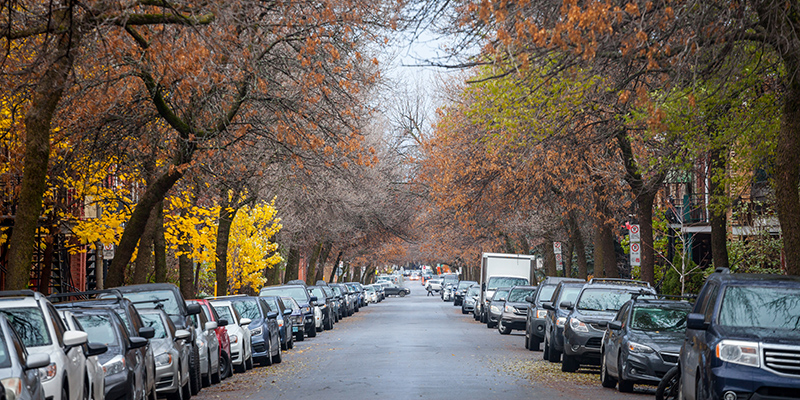
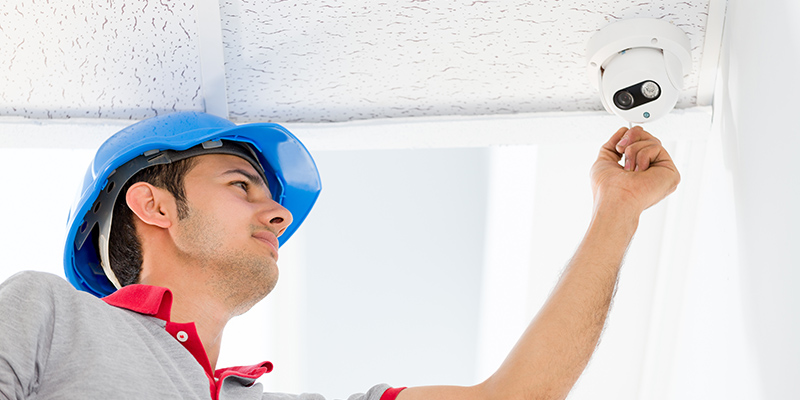
 Can HOA Ban Security Cameras?
Can HOA Ban Security Cameras? An HOA or condo association can permit the installation of security cameras on private property. However, to ensure uniformity and maintain property values within the community, an association should regulate two things: appearance and placement.
An HOA or condo association can permit the installation of security cameras on private property. However, to ensure uniformity and maintain property values within the community, an association should regulate two things: appearance and placement.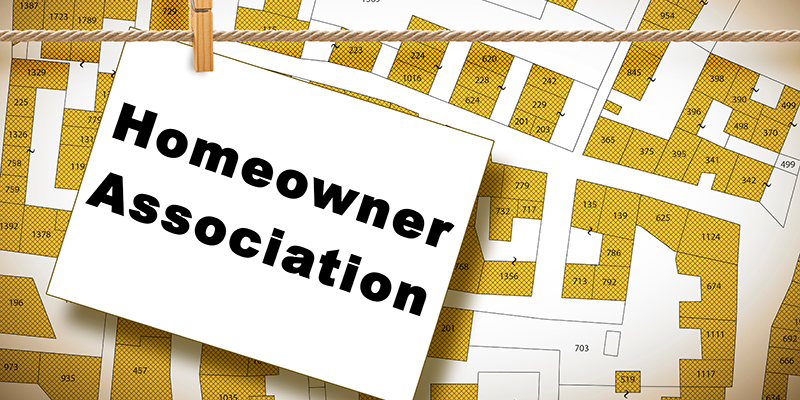
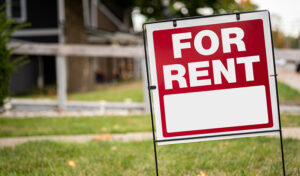 4. Rentals
4. Rentals Speaking of vehicles, parking restrictions are also often violated by residents. Parking rules can vary depending on the association. Some require owners to keep their vehicles parked in their garage, while others allow vehicles in the driveway. Most associations also have overnight parking rules for guests.
Speaking of vehicles, parking restrictions are also often violated by residents. Parking rules can vary depending on the association. Some require owners to keep their vehicles parked in their garage, while others allow vehicles in the driveway. Most associations also have overnight parking rules for guests. 12. Fencing
12. Fencing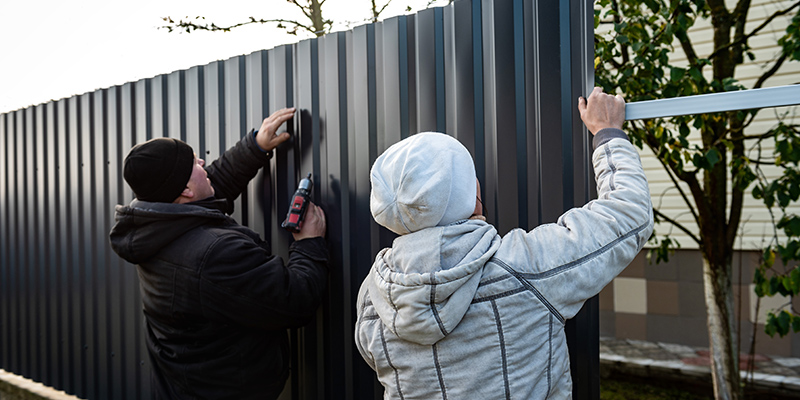
 2. Height Requirement and Restriction
2. Height Requirement and Restriction 4. Material/s Used
4. Material/s Used 6. Maintenance Obligations
6. Maintenance Obligations An HOA not allowing fences is not uncommon. Countless associations prohibit homeowners from constructing fences. However, whether or not a particular HOA has this power depends on state laws and their governing documents.
An HOA not allowing fences is not uncommon. Countless associations prohibit homeowners from constructing fences. However, whether or not a particular HOA has this power depends on state laws and their governing documents.
 After verifying the violation’s validity, board members might think holding a hearing is the next step in processing HOA violations. But, not all violations require a hearing. That’s because some violations are not as severe. A simple warning letter may be enough depending on the rule being broken and the resident’s violation history.
After verifying the violation’s validity, board members might think holding a hearing is the next step in processing HOA violations. But, not all violations require a hearing. That’s because some violations are not as severe. A simple warning letter may be enough depending on the rule being broken and the resident’s violation history.
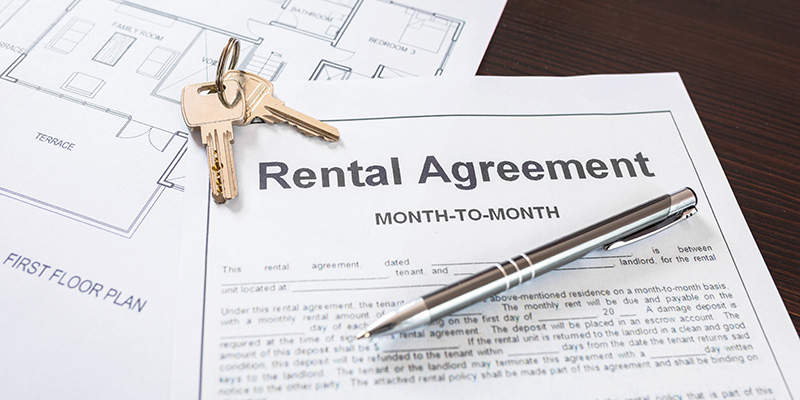
 Generally speaking, rental restrictions aim to protect property values and promote community standards. An HOA with more renters usually sees higher liability insurance rates and lower property values. Other financial institutions, such as banks, are also more hesitant to offer loans to HOAs with more renters.
Generally speaking, rental restrictions aim to protect property values and promote community standards. An HOA with more renters usually sees higher liability insurance rates and lower property values. Other financial institutions, such as banks, are also more hesitant to offer loans to HOAs with more renters. Many homeowners’ associations screen prospective tenants. This allows the HOA to avoid renters that might harm the community. Often, the board will implement this by asking for the tenant’s application form. The board will then review the application before the homeowner can finalize the lease agreement.
Many homeowners’ associations screen prospective tenants. This allows the HOA to avoid renters that might harm the community. Often, the board will implement this by asking for the tenant’s application form. The board will then review the application before the homeowner can finalize the lease agreement.
 A community garden can enhance the appeal of the neighborhood. Simple landscaping does wonders to make concrete sidewalks look great. Can you imagine what a whole bed of colorful flowers and vegetables can do?
A community garden can enhance the appeal of the neighborhood. Simple landscaping does wonders to make concrete sidewalks look great. Can you imagine what a whole bed of colorful flowers and vegetables can do? The first thing you must do is check whether or not there is a demand for a garden in your community. There’s no use in starting a community garden if no one’s going to sign up for it. To gauge resident interest,
The first thing you must do is check whether or not there is a demand for a garden in your community. There’s no use in starting a community garden if no one’s going to sign up for it. To gauge resident interest,  The final step is to educate and share. Give owners gardening tips and distribute how-to guides. You may even want to consider hosting a seminar for beginner gardeners. Residents are more likely to continue participation if they succeed in their efforts, so you want to do everything you can to help them get there.
The final step is to educate and share. Give owners gardening tips and distribute how-to guides. You may even want to consider hosting a seminar for beginner gardeners. Residents are more likely to continue participation if they succeed in their efforts, so you want to do everything you can to help them get there.
 1. Number of Pets
1. Number of Pets 4. Registration Required
4. Registration Required Dogs, cats, birds, and fish are the most common pets that owners keep. But, there are also homeowners who wish to keep goats or chickens in their backyards. This poses a dilemma for a lot of HOA communities.
Dogs, cats, birds, and fish are the most common pets that owners keep. But, there are also homeowners who wish to keep goats or chickens in their backyards. This poses a dilemma for a lot of HOA communities. The
The 
 How often you should mow your lawn
How often you should mow your lawn
 How many vehicles you can park on your property
How many vehicles you can park on your property 10. Noise Rules
10. Noise Rules

 Once a violation has occurred, the association’s response typically begins with written notice. This notice of violation will contain the details of the infraction. Normally, homeowners will have the opportunity to correct the violation without further consequence, especially if it is their first violation. However, depending on state laws and the governing documents, some HOAs do proceed with
Once a violation has occurred, the association’s response typically begins with written notice. This notice of violation will contain the details of the infraction. Normally, homeowners will have the opportunity to correct the violation without further consequence, especially if it is their first violation. However, depending on state laws and the governing documents, some HOAs do proceed with 
